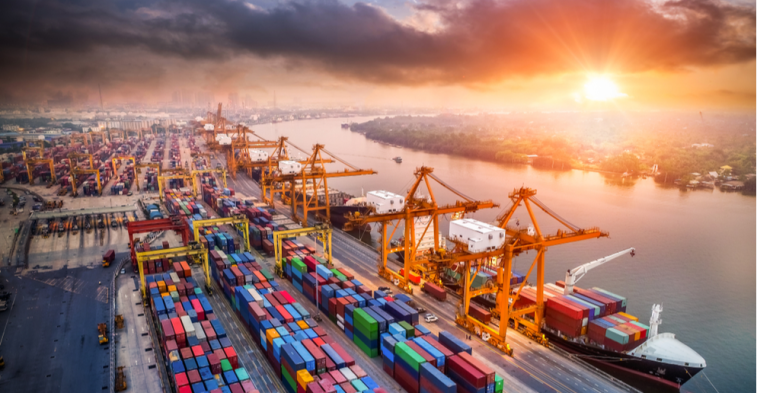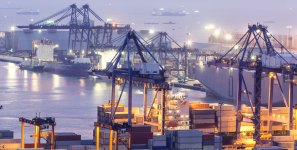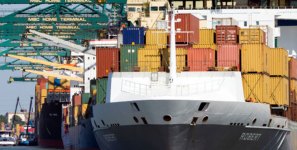From the Vikings to the Portuguese, the history of Europe is inextricably linked to its seaports. Today, these ports continue to play a pivotal role in both global trade and the continent’s internal market. According to the European Sea Ports Organization, 90 percent of Europe’s cargo trade in goods passes through the more than 1,200 seaports in the 23 maritime member states of the European Union (EU). Many of these ports are rendered even busier by hundreds of millions of passengers aboard cruises and ferries. As the gateways to the EU’s entire transport network, European ports play a key role in trade, economic development and job creation. There are direct connections from ports in England, Spain, Belgium and other nations to nearly 850 destinations in the Far East, and more than 600 ports in Central and South America. While these ports are obviously essential to global trade, they are often also a preferred option to road or rail transportation. Several city-to-city routes are actually shorter when traversed by water then over land. Europe’s busiest container port is in the Netherlands city of Rotterdam, followed by the Port of Hamburg in Germany and the Port of Antwerp in Belgium. These and other ports are represented by the European Sea Ports Organization, founded in 1993. Port traffic continues to increase. The World Shipping Council reports that the number of containers heading into European ports has risen by more than 4x over the past 20 years.

Ashdod Port to Complete Works of Over One-Billion-Shekel Platform 21
Ashdod Port has announced that the second section of its operational project to upgrade Platform 21 is almost complete. The project… Read More
New Distribution Center Opens at UK’s DP World London Gateway
DP World London Gateway recently celebrated the official opening of the first distribution center at what is set to become… Read More
Private Investors Want Bigger Role in European Ports
Europe’s private port terminal operators want more involvement in decision making regarding the development of port projects in the EU…. Read More
Greece To Sell Two Ports as Part of Bailout
The government of Greece will be selling its stakes in the ports of Piraeus and Thessaloniki as part of the… Read More
CaroTrans Restarts Los Angeles-Rotterdam Service
Non-vessel operating common carrier (NVOCC) and ocean freight consolidator CaroTrans has resumed its direct, all-water Rotterdam to Los Angeles import… Read More
EU Making Massive Investments in Transportation Infrastructure
European ports will soon be getting a boost from the European Union’s largest-ever infrastructure investment, a commitment totaling $14.5 billion…. Read More
Getting A Foothold In Europe
HOW SKECHERS AND OTHER GLOBAL SHIPPERS ARE ESTABLISHING EUROPEAN DISTRIBUTION HUBS With $2 billion and counting in annual sales, Skechers… Read More
« Previous 1 2 3








